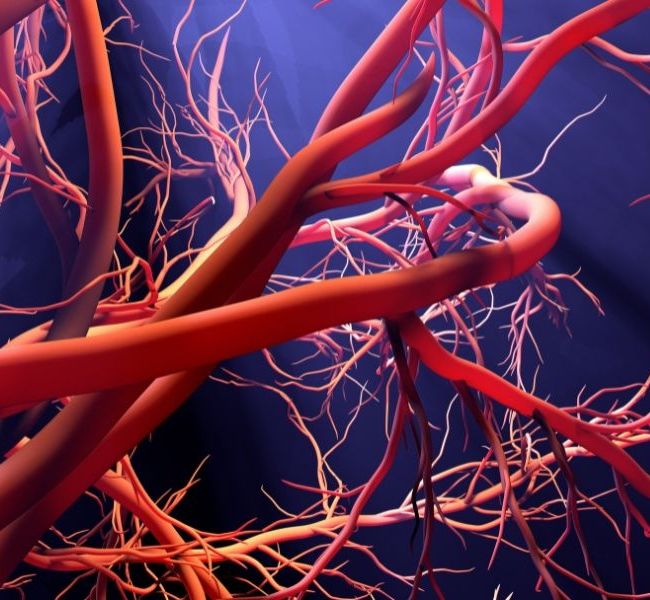Call us now:
Bifurcation and Trifurcation Lesions
Complex arterial blockages requiring precise intervention strategies in interventional cardiology and vascular surgery

Bifurcation and Trifurcation Lesions
Bifurcation and trifurcation lesions occur when arteries branch into two or three vessels, respectively, and become blocked due to atherosclerosis or other factors, posing unique challenges for treatment.
These lesions demand intricate intervention techniques as they involve multiple branches and intricate anatomy, increasing procedural complexity and the risk of complications such as incomplete stent coverage or side branch compromise. Various strategies, including dedicated stent designs and specialized procedural approaches, are employed to effectively manage these lesions while minimizing adverse outcomes.
Here’s a step-by-step explanation of how Bifurcation and Trifurcation Lesions typically works
Bifurcation and trifurcation lesions occur at points where arteries divide into two or three smaller branches, respectively, creating a complex vascular anatomy.
Over time, plaque buildup within the arteries can lead to narrowing or complete blockage of these branching points, impeding blood flow to downstream tissues.
Depending on the location and severity of the lesions, patients may experience symptoms such as chest pain (angina), shortness of breath, or decreased exercise tolerance due to reduced blood flow to vital organs.
Diagnosis typically involves imaging modalities like angiography, CT angiography, or intravascular ultrasound (IVUS) to visualize the extent and severity of the lesions and assess their impact on blood flow dynamics.
Management of bifurcation and trifurcation lesions requires careful planning to address both the main vessel and the side branches. Interventional cardiologists and vascular surgeons may employ various strategies, including provisional stenting, culotte technique, or T-stenting, depending on lesion complexity and anatomical considerations.
During the procedure, a catheter is guided to the site of the lesion, and a balloon or stent is deployed to widen the narrowed artery and restore blood flow. Techniques such as kissing balloon inflation or dedicated bifurcation stent deployment may be utilized to ensure optimal coverage of both the main vessel and side branches.
After treatment, patients require close monitoring for complications such as restenosis (re-narrowing of the artery), thrombosis (clot formation), or side branch compromise. Medications to prevent clotting and promote artery healing are often prescribed to reduce the risk of adverse events.
Regular follow-up appointments and imaging studies are essential to assess the durability of the intervention and monitor for any recurrence of symptoms or complications, ensuring optimal long-term outcomes for patients with bifurcation and trifurcation lesions.
Bifurcation and trifurcation lesions is found in various medical specialties
Bifurcation and trifurcation lesions are medical terms that primarily refer to cardiovascular conditions, particularly in the context of coronary artery disease. However, they can also be applicable in other medical specialties.
Leading cardiologist, dedicated to pioneering treatments, enhancing heart health, and transforming lives through compassionate care.
About Us
Contact Info
- +91-8355900307
- raviguptacardiology@gmail.com
- Police Station, 1877, Dr Anandrao Nair Marg, Near Agripada, Mumbai Central, Mumbai, Maharashtra 400011
Copyright @2024. All Right Reserved | Designed By Rebecca Digital.

